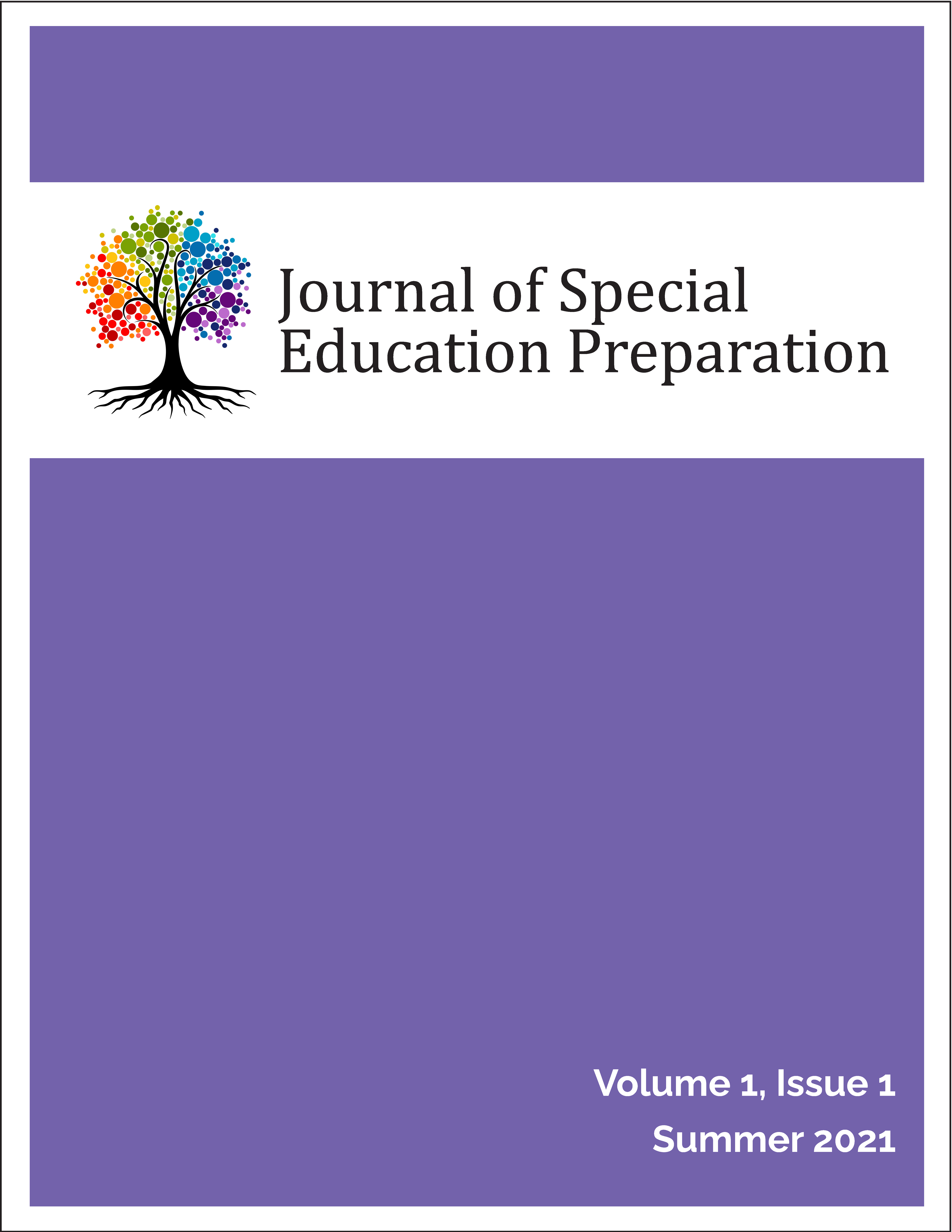Translating High-leverage Practices to Remote Environments
Tips for Teacher Educators
DOI:
https://doi.org/10.33043/JOSEP.1.1.25-35Keywords:
teacher education, remote instruction, high-leverage practicesAbstract
Given the global pandemic, educators at all levels have had to transition their teaching practices to remote environments. Teacher education faculty have had to consider not only how to shift their own teaching, but also
how to prepare teacher candidates for their future teaching roles which may include instruction in a range of
modalities (face-to-face, remote-synchronous, remote-asynchronous, hybrid). In this article, we propose that
high-leverage practices (HLPs) can serve as a solid foundation for teacher preparation regardless of modality and offer five tips for how teacher educators can prepare candidates to use HLPs across modalities. A vignette which highlights two HLPs (i.e., establishing a consistent, organized, and respectful learning environment; and using strategies to promote active student engagement) is included to illustrate implementation of the tips.
Downloads
Downloads
Published
How to Cite
Issue
Section
License
Copyright (c) 2021 Budin, Hashey, Patti, and Rafferty

This work is licensed under a Creative Commons Attribution-NonCommercial-NoDerivatives 4.0 International License.


